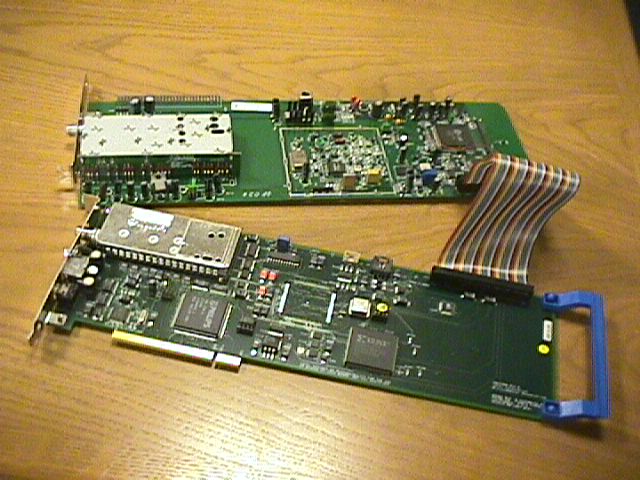
Figure 1: Photo of digital/analog TV receiver cards build by Intel's MicroComputer Research Lab. The top board can receive NTSC signals while the bottom board handles digital ATSC signals.
The infrastructure for our experiments consists of several 350 MHz Pentium-II PC's running Windows 98 with video boards that provide color space conversion. In addition each system has an ATSC receiver card (see Figure 1), which has been designed by INTEL's MicroComputer Research Lab. This card provides the basic functionality to receive an ATSC modulated RF signal off the air via a standard rooftop antenna and perform channel tuning, demodulation, and error correction. The DTV hardware delivers the raw 19.2 Mbit/s MPEG-2 transport stream into system memory. Any further processing is performed by software.

Figure 1: Photo of digital/analog TV receiver cards build by Intel's MicroComputer Research Lab. The top board can receive NTSC signals while the bottom board handles digital ATSC signals.
The DTV hardware is accessed through an experimental API that shields the application software from the hardware details. At the lowest level this API demultiplexes the transport stream and delivers packets of chosen audio, video, or data streams. Layered on top of this interface are services for decoding and/or displaying a video stream, as well as receiving data objects (essentially files with identification information). There is an accompanying SDK for these API's.
Since the hardware only provides the raw MPEG-2 transport stream, all demultiplexing and MPEG decoding is performed by software. Our systems allow us to receive and display a standard definition video stream in real-time. Decoding of HDTV streams is an area of ongoing development.
A DTV transmitter at INTEL some 10 miles from Stanford has been used to provide the DTV streams. During application development, our API implementation can simulate the reception of DTV streams by reading the transport file from disk. The SDK also contains a suite of tools for creating the broadcast streams.
Last Updated: June 15, 1999,
[email protected]